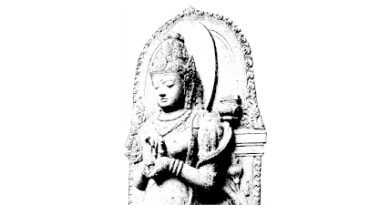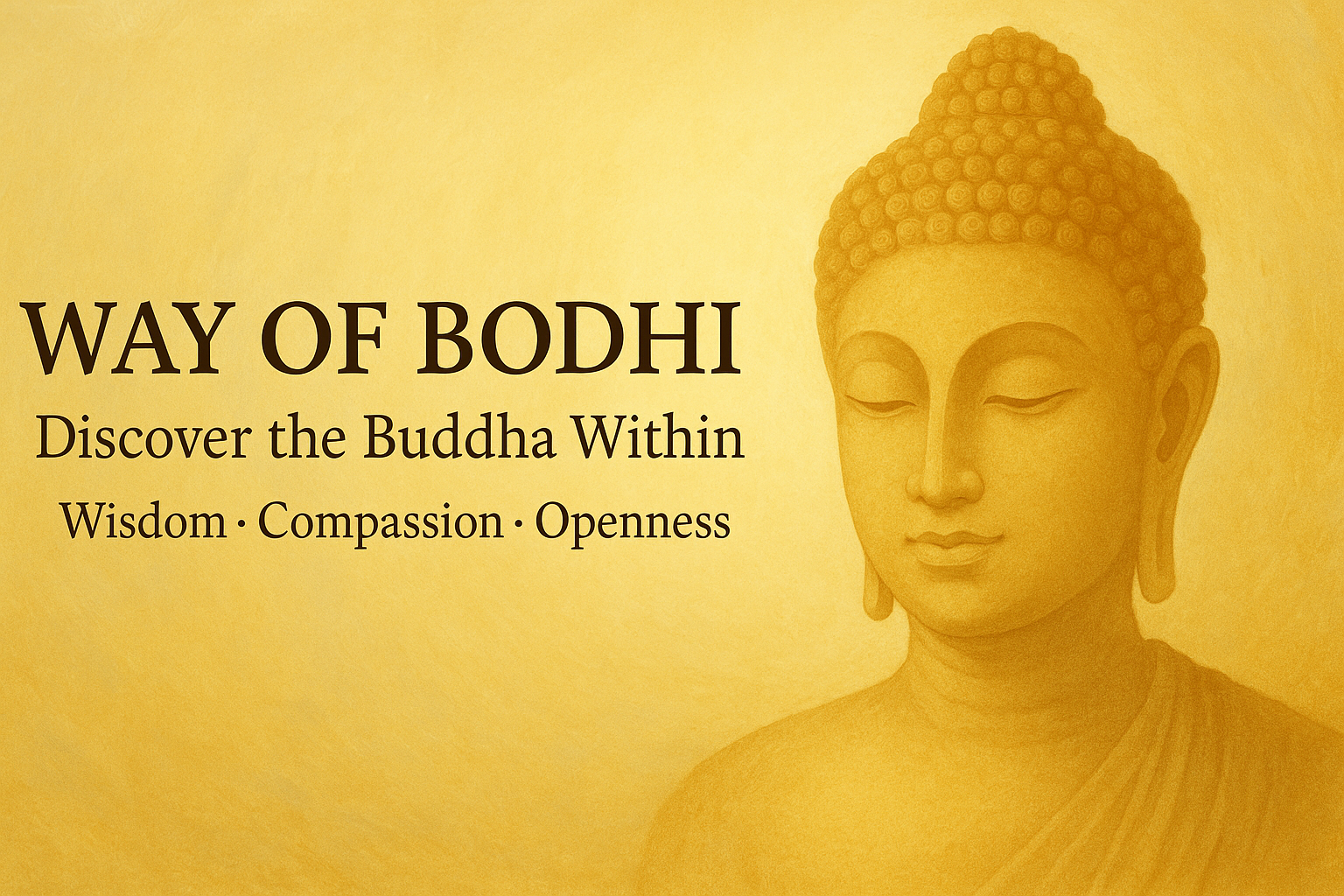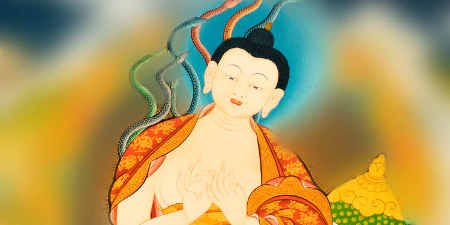Way of Bodhi – Wisdom, Compassion and Openness
Latest Articles

The Heart Sutra
प्रज्ञापारमिताहृदयसूत्रम्। Opening Homage अवाच्ये अचिन्त्ये प्रज्ञापारमितेऽवर्णनीये । avācye acintye prajñāpāramite’varṇanīye | Beyond words, beyond thought, beyond expression, O Prajñāpāramitā !





